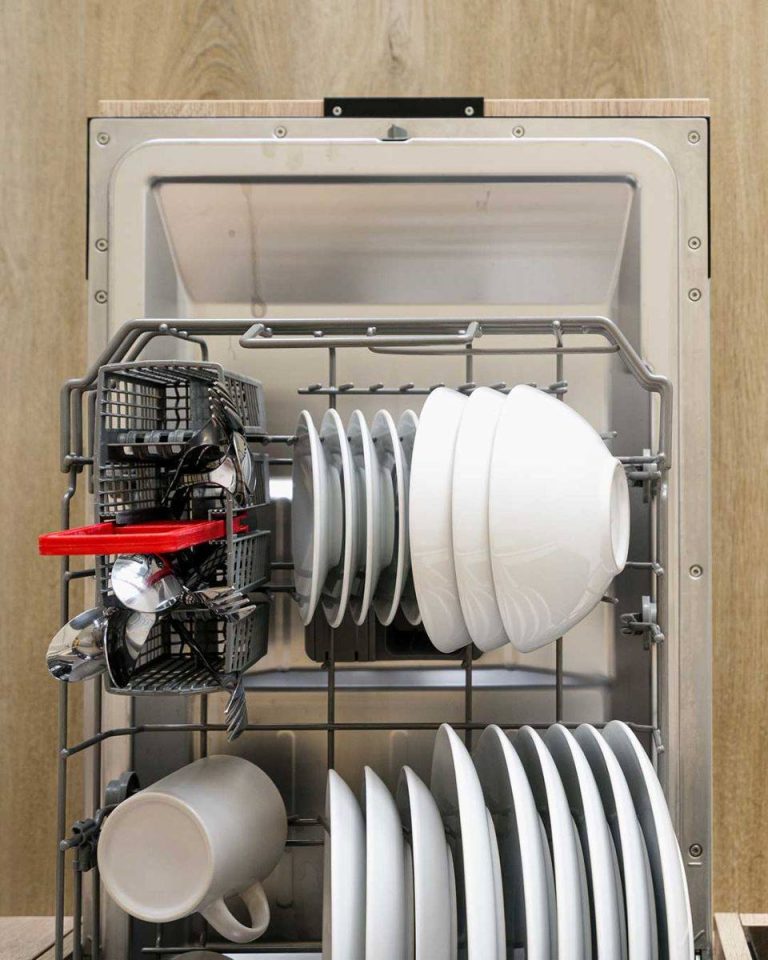ADVERTISEMENT
Can Dishes Be Too Overlapped for Proper Cleaning?
In short, yes, overlapping dishes can reduce the efficiency of the cleaning process. However, it’s not necessarily about the number of dishes in the dishwasher, but how they’re arranged. If dishes overlap in a way that blocks water flow, prevents detergent from reaching all surfaces, or obstructs the spray arms, then they’re too overlapped for proper cleaning. Even if the dishwasher appears to be full, as long as each dish is arranged to allow for proper water flow and airflow, it can still clean effectively.
How to Settle the Argument
Now that you have the facts, it’s time to settle the disagreement with your hubby. Here’s what you can do:
- Take a Close Look: Evaluate the way the dishwasher is loaded. Are the dishes spaced out enough for water to get through, or are they too tightly packed?
- Test It Out: Try running a cycle with a lighter load (while still using a full set of dishes) to see if the dishes come out cleaner. This could help demonstrate whether overloading is the issue.
- Compromise: Perhaps a middle ground can be found. You could aim to fill the dishwasher without overcrowding, and your husband could assist with loading in a way that maintains the dishwasher’s efficiency.
Final Thoughts
While you may not want to admit it, there’s a chance your husband’s concern about overloading the dishwasher is valid – or at least worth considering. Overlapping dishes can prevent effective cleaning, so ensuring proper spacing and loading techniques is crucial for a successful wash. However, it’s not necessarily about how many dishes go in, but how they’re arranged. By following a few simple loading guidelines, you can keep your dishwasher functioning at its best, and perhaps find some peace in the process.
Ultimately, getting dishes clean is a team effort. And whether you’re “overloading” or not, working together to figure out the best way to load the dishwasher can save both time and energy. Happy dishwashing!
